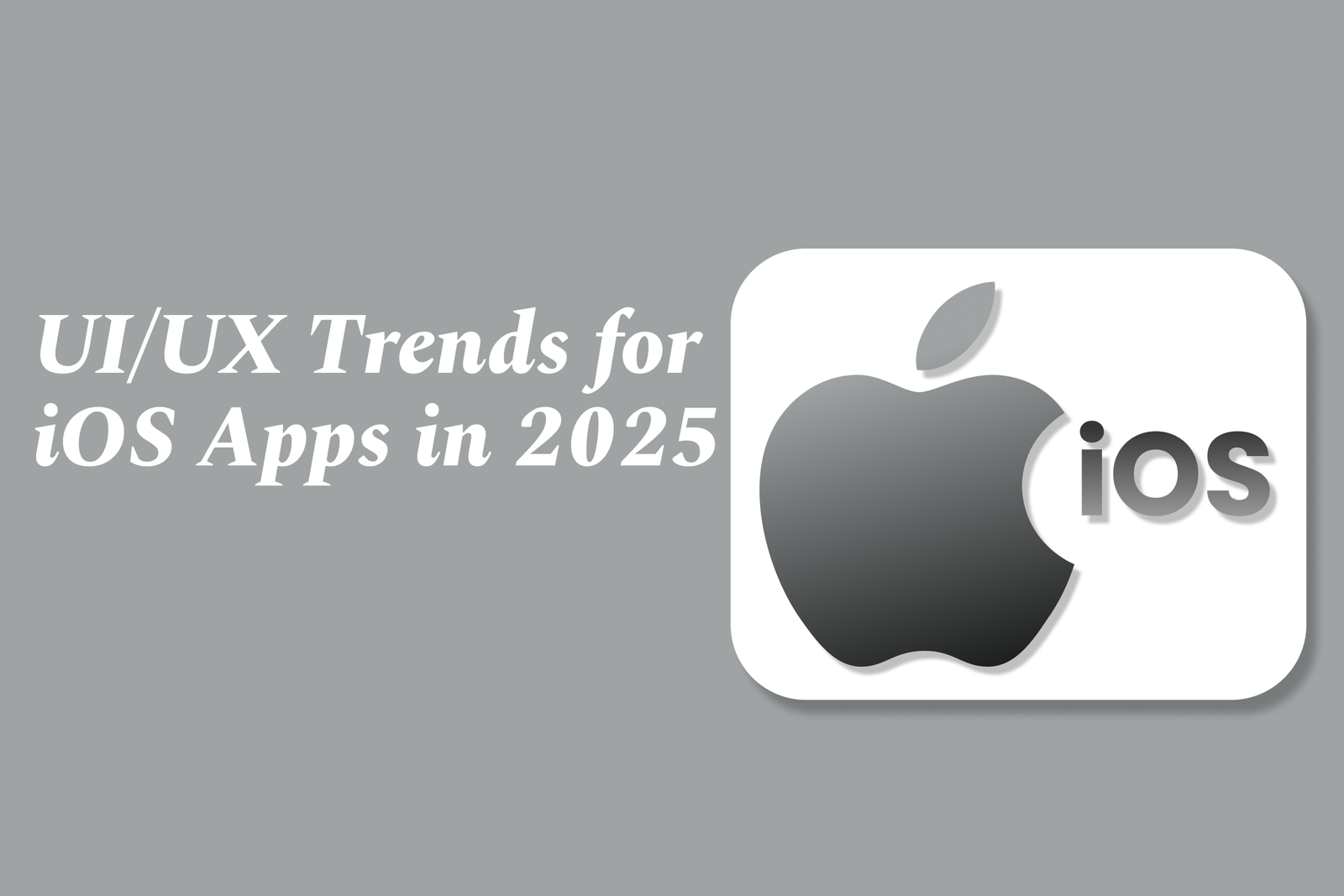iOS app monetization strategies that work
iOS app monetization strategies that work include in-app purchases, subscriptions, and targeted ads. Combining these approaches lets developers maximize revenue while ensuring a seamless user experience, turning downloads and engagement into sustainable profits.
iOS App Monetization Strategies That Work
Successfully monetizing an iOS app is essential to turning downloads and user engagement into actual revenue. Here are key strategies that have proven effective for developers and startups:
1 ) In App Purchases (IAP)
Definition: Allows users to buy new features, content, or upgrades directly inside the app.
Types:
Consumables: Single use items such as extra lives or tokens.
Non consumables: One time purchase unlocking permanent features.
Non renewing subscriptions: Temporary access for a fixed period (e.g., 3 month pass).
Auto renewable subscriptions: Recurring payments until canceled, common for continuous service access.
Best Practices:
Timely prompts when user engagement is high.
Align IAP offerings with app category and user behavior (e.g., fitness apps offer consumable packs, productivity apps prefer subscriptions).
Why It Works: Meets user needs at the right moment, encouraging conversion from free to paying users.
2 ) In App Advertising
Definition: Generating revenue by displaying ads within the app.
Formats:
Banner ads (e.g., bottom of the screen).
Interstitial ads (full screen ads between app actions).
Rewarded videos (users watch ads to earn in app rewards).
Native ads (ads that blend seamlessly with app content).
Popular Usage: Successful in games like Candy Crush, educational apps like Duolingo, and media apps like Spotify.
Considerations: Ads should be non intrusive and relevant to avoid degrading user experience. Variety in ad formats helps tailor monetization to app type and user preferences.
3 ) Paid Apps and Freemium Models
Apps can be offered as:
Free without monetization to attract wide audiences but with no direct revenue.
Free with paid physical goods or services within the app.
Free with ads, generating revenue without charging users.
Freemium: Free app with optional paid upgrades or subscriptions.
Choosing the right business model depends on target users and app purpose.
4 ) Subscription Model Resilience
Subscription monetization remains robust, even amid economic downturns.
Steady income from subscriptions supports long term app development and updates.
Effective localization of subscription offers enhances adoption across different markets.
5 ) Importance of Selecting the Right Monetization Strategy
Successful monetization balances revenue goals with user experience.
Aligning monetization strategy with app type, usage patterns, and audience expectations is crucial.
Prioritize onboarding experiences and well timed prompts to maximize conversions.
Summary:
For iOS apps, combining monetization strategies such as carefully implemented in app purchases, non intrusive yet relevant advertising, and sustainable subscription models creates multiple revenue streams. This strategic mix, tailored to the app’s function and user behavior, is key to turning user engagement into profitable returns without compromising user satisfaction.
https://justacademy.in/news-detail/flutter-github-stars:-most-watched-repos
https://justacademy.in/news-detail/android-launchers-with-new-capabilities
https://justacademy.in/news-detail/building-3d-interfaces-in-flutter
https://justacademy.in/news-detail/how-react-native-is-redefining-mobile-app-ux
https://justacademy.in/news-detail/real-time-database-plugins-in-flutter
Related Posts
Java supports GDPR and data privacy by enabling secure data handling through encryption, controlled access, and precise data management. It allows developers to minimize PII exposure, ensure data confidentiality, and design workflows that comply with data protection regulations effectively.
Java code quality tools have evolved to include advanced static analysis, integrated security checks, and AI-powered code reviews. These updates help developers detect bugs, enforce coding standards, and enhance security, streamlining the development process and improving overall code reliability.
Java remains a cornerstone in big tech companies, evolving with modern features like records, pattern matching, and virtual threads. Its robust ecosystem, enhanced performance, and growing AI integrations keep it vital for both legacy systems and innovative new projects.
Java and CI/CD pipeline optimizations streamline Java application development by automating builds, tests, and deployments. They improve efficiency through parallelization, caching, and secure secrets management, enabling faster feedback loops and more reliable, scalable software delivery.
Java supports modern cryptography standards through its flexible Java Cryptography Architecture (JCA), enabling integration of advanced algorithms like AES, EdDSA, and post-quantum tools. Libraries like Bouncy Castle offer FIPS-certified, hardware-accelerated implementations for secure development.
Java 23 enhances record patterns by enabling concise, direct destructuring of record components within pattern matching, simplifying type checks and data extraction. This improvement boosts code readability and expressiveness by reducing boilerplate in handling immutable data classes.
Java remains a top choice for mobile app backends, powering scalable, secure, and high-performance server-side solutions. Latest trends include cloud-native microservices, reactive programming, and enhanced JVM optimizations, enabling efficient, flexible, and robust mobile backend development.
Java SE 24 and LTS Java SE 21 offer enhanced features and performance, while Apache Spark 4.0.0 introduces Scala 2.13 support and advanced ML and SQL capabilities. Together, they empower developers to build scalable, high-performance data applications with modern tools.
JUnit 5 modernizes Java testing with a modular architecture, improved assertions, and seamless Java 8+ support. Beyond JUnit, tools like Mockito and AssertJ enhance mocking and assertions, creating a powerful, flexible ecosystem for writing clean, efficient Java unit tests.
Java plays a pivotal role in cloud automation tools by providing a robust, platform-independent language used to build scalable automation frameworks like Jenkins and Selenium, enabling efficient CI/CD pipelines, testing, and orchestration across diverse cloud environments.










